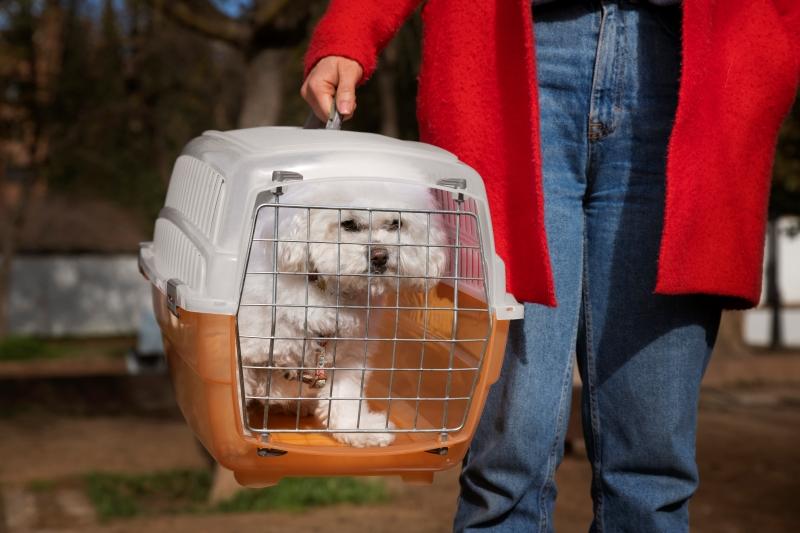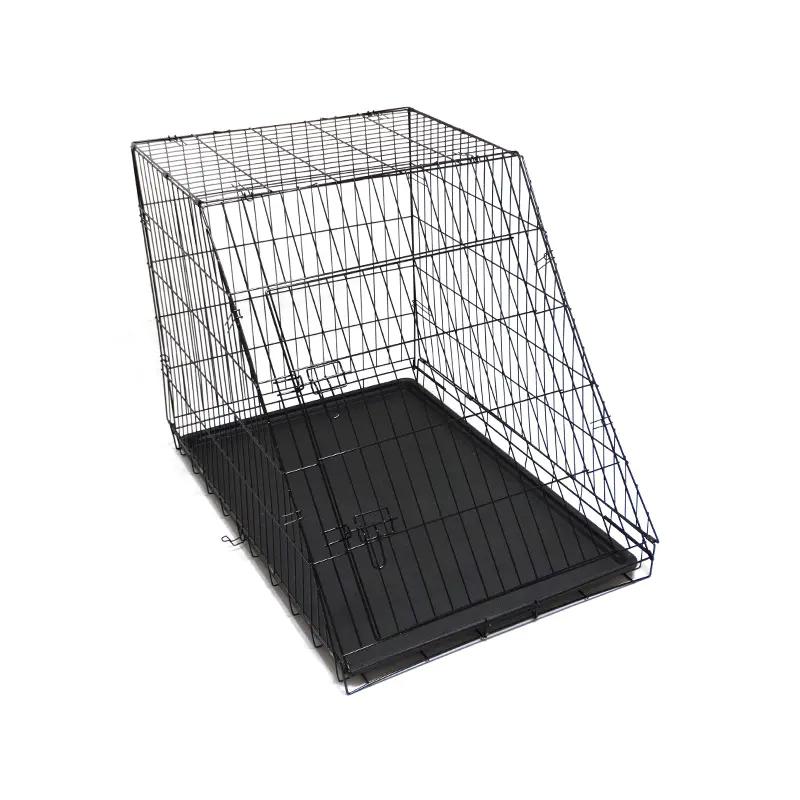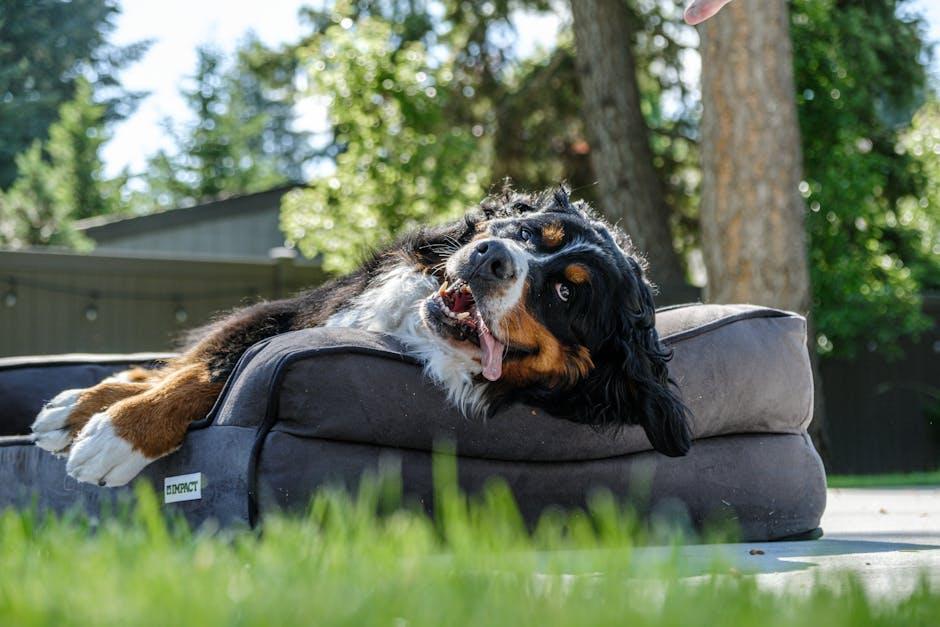Welcoming a furry friend into your home brings joy, companionship, and a bit of chaos. One tool that can help create a harmonious environment is the dog crate. When used properly, a crate provides your dog with a safe, cozy haven while also supporting training efforts and household harmony. In this article, we’ll explore the ins and outs of using dog crates safely, ensuring that your canine companion feels secure and content. From selecting the right size to creating a positive association, we’ll guide you through each step with warmth and care, ensuring that both you and your dog enjoy the many benefits of this versatile tool.
Choosing the Right Crate for Your Canine Companion
When selecting a crate for your furry friend, it’s important to focus on both comfort and functionality. Your pup’s crate should be a safe haven, providing them with a sense of security and a cozy spot to relax. Consider the following factors when choosing a crate:
- Size: The crate should be large enough for your dog to stand, turn around, and lie down comfortably. Measure your dog from nose to tail and add a few inches to ensure ample space.
- Material: Crates come in various materials such as wire, plastic, and fabric. Wire crates offer excellent ventilation and visibility, plastic crates provide a den-like environment, and fabric crates are lightweight and portable, ideal for travel.
- Durability: If your dog is a chewer or escape artist, opt for a sturdier crate with reinforced corners and secure latches.
- Portability: Consider a foldable or collapsible design if you plan to move the crate frequently or travel with your pet.
Remember, a well-chosen crate can be an invaluable tool for training and providing a comfortable space for your canine companion. By taking into account your dog’s size, behavior, and your lifestyle needs, you can find the perfect match that ensures safety and happiness for your pet.

Creating a Comfortable and Inviting Crate Environment
To ensure your dog feels at home in their crate, focus on crafting an environment that prioritizes comfort and security. Start by selecting a crate that is the right size; your dog should be able to stand, turn around, and lie down comfortably. Add a soft bed or a plush blanket to cushion the floor of the crate. Cozy textiles not only provide comfort but also help to insulate the crate, making it a snug haven for your furry friend.
- Toys and Chews: Include a couple of durable toys or safe chew items to keep your dog entertained and to reduce anxiety.
- Calming Scents: Consider using a crate-safe essential oil diffuser or a calming spray with scents like lavender to create a soothing atmosphere.
- Cover for Privacy: Drape a light, breathable cover over part of the crate to offer a den-like feel, providing a sense of security and privacy.
- Location Matters: Place the crate in a quiet corner of your home, away from heavy foot traffic, but still within sight of family activities to keep your pet connected with the household.
Remember, a crate should never feel like a punishment. Instead, it should be a place where your dog can retreat to feel safe and relaxed. By thoughtfully arranging their crate environment, you can help your pet view it as their own personal sanctuary.

Introducing Your Dog to the Crate with Positive Reinforcement
Helping your furry friend become comfortable with their new space can be a rewarding experience for both of you. Start by making the crate a welcoming environment. Place soft bedding and a few favorite toys inside to create a cozy nook. Keep the door open initially, allowing your dog to explore at their own pace. Offer them treats and praise when they show interest or step inside. This positive reinforcement helps them associate the crate with pleasant experiences.
- Introduce Gradually: Begin with short periods inside the crate, gradually increasing the time as your dog becomes more comfortable.
- Use Mealtime: Feed your dog their meals near the crate, eventually moving the bowl inside to encourage them to enter willingly.
- Stay Calm: Your demeanor sets the tone. Remain calm and reassuring, especially if your dog seems unsure or anxious.
- Never Use as Punishment: Ensure the crate is always a safe space, not a place for time-outs or punishment.
By following these steps and keeping a positive outlook, your dog will soon see their crate as a safe haven where they can relax and feel secure.
Ensuring Safety and Well-being During Crate Time
Creating a secure and comfortable environment during crate time is essential for your furry friend’s well-being. To start, ensure that the crate is appropriately sized—large enough for your dog to stand, turn around, and lie down comfortably, yet snug enough to provide a sense of security. Proper ventilation is crucial, so opt for crates with ample air circulation. Line the bottom with soft bedding to make it cozy and inviting, and always keep it clean to maintain a hygienic space. Remember, the crate should never be used as a form of punishment but rather as a safe haven.
- Introduce the crate gradually: Allow your dog to explore the crate at their own pace, rewarding them with treats and praise.
- Establish a routine: Consistency is key. Set a schedule for crate time that aligns with your dog’s natural rhythms and needs.
- Monitor crate time: Limit the duration to ensure your dog doesn’t feel isolated or anxious, especially during the initial phases.
Incorporating these practices will not only enhance the safety and comfort of your dog’s crate experience but also help foster a positive association with their personal space.

